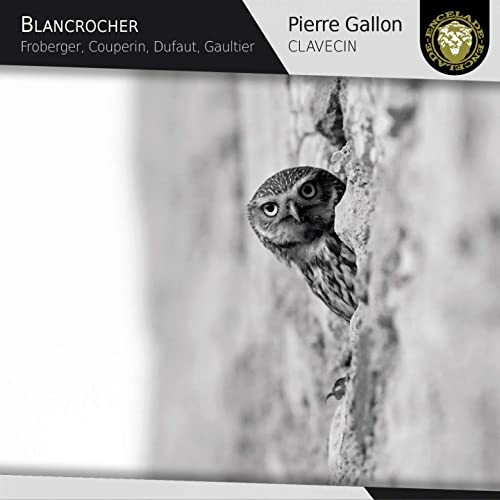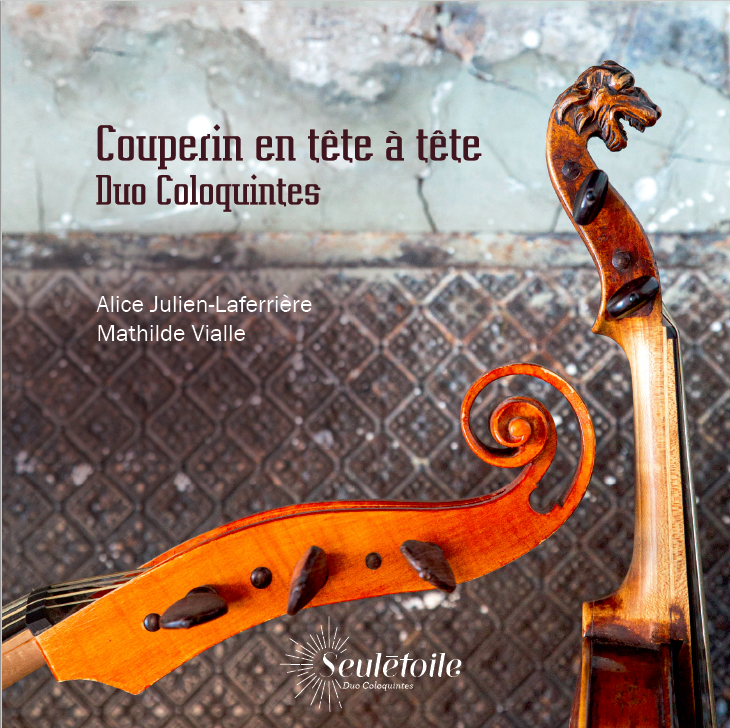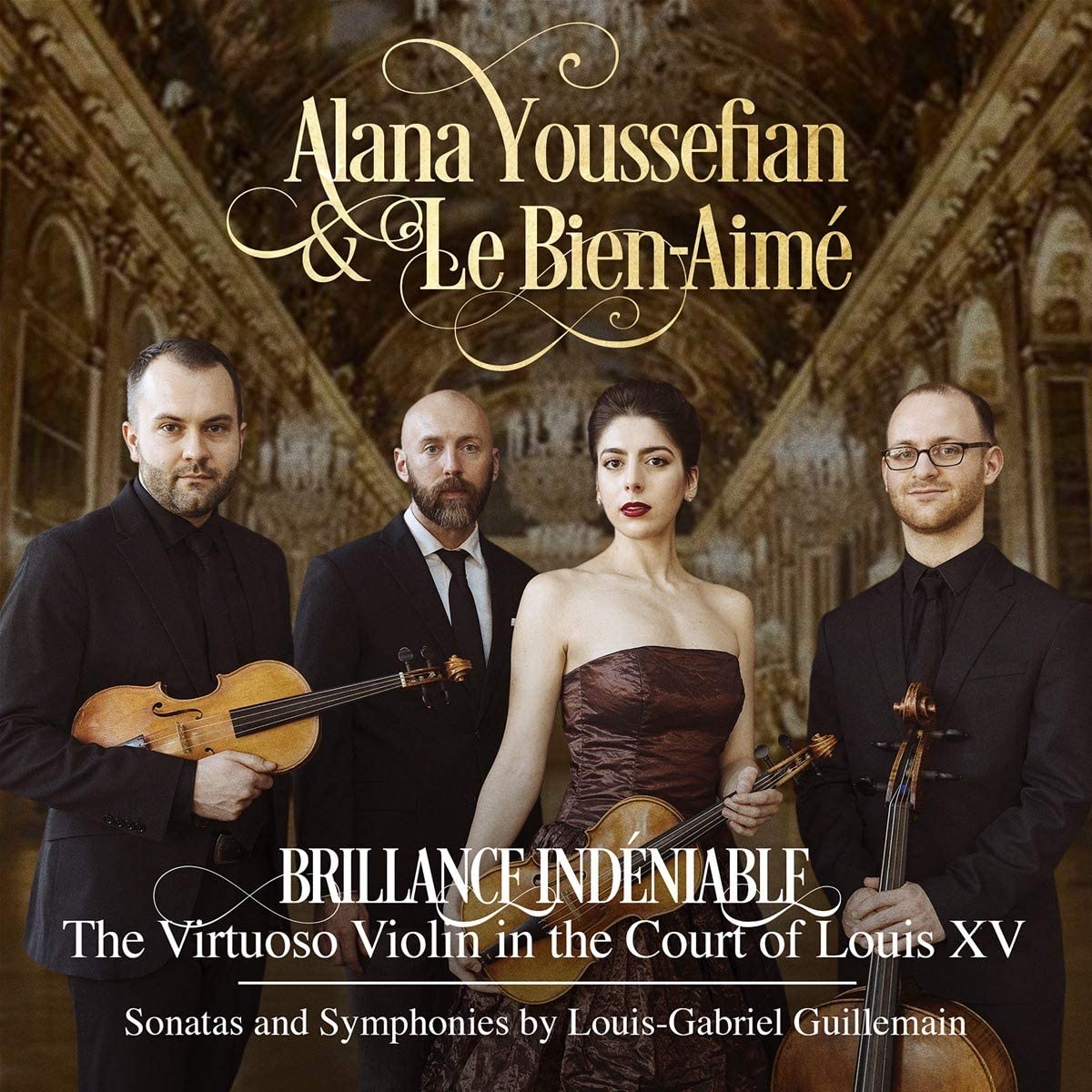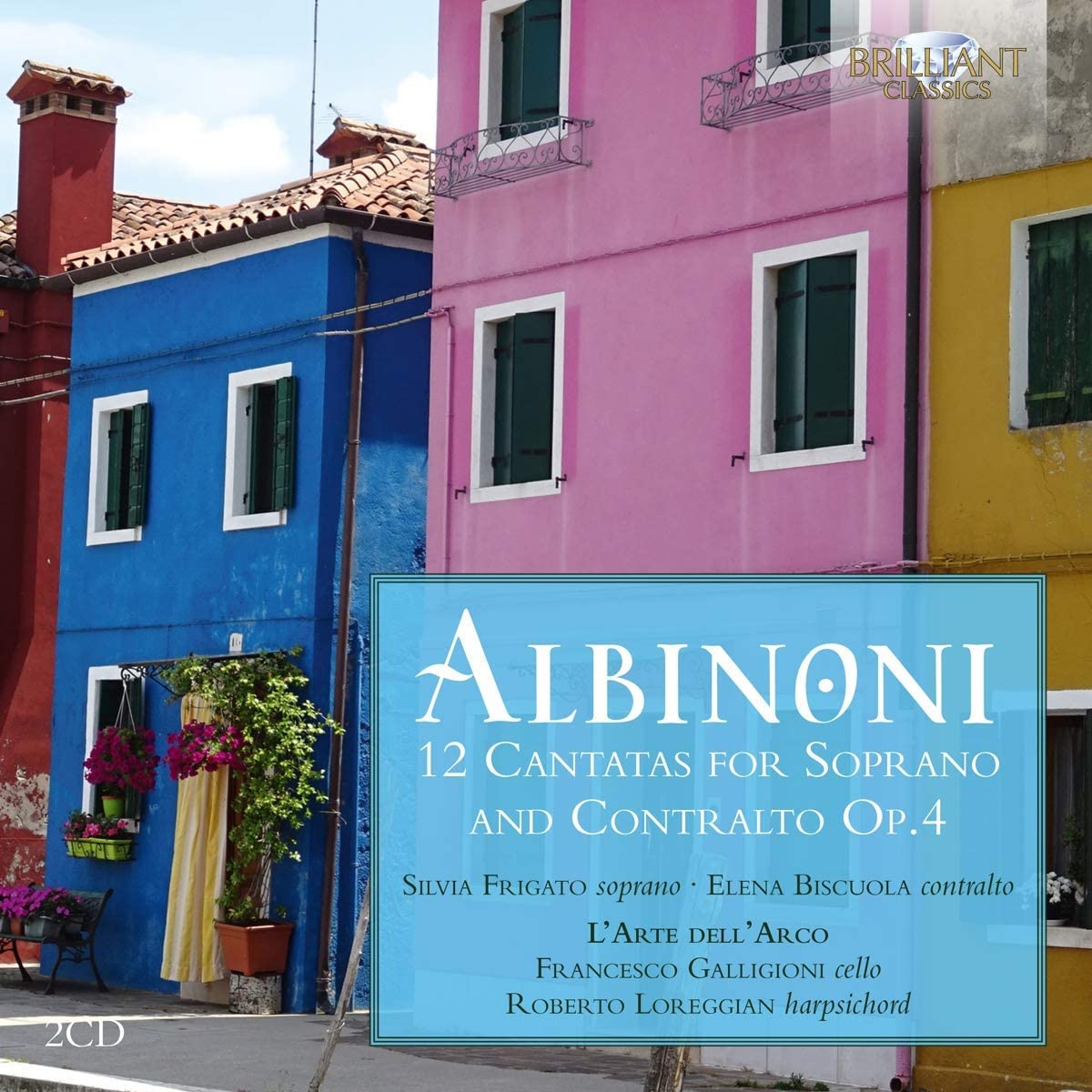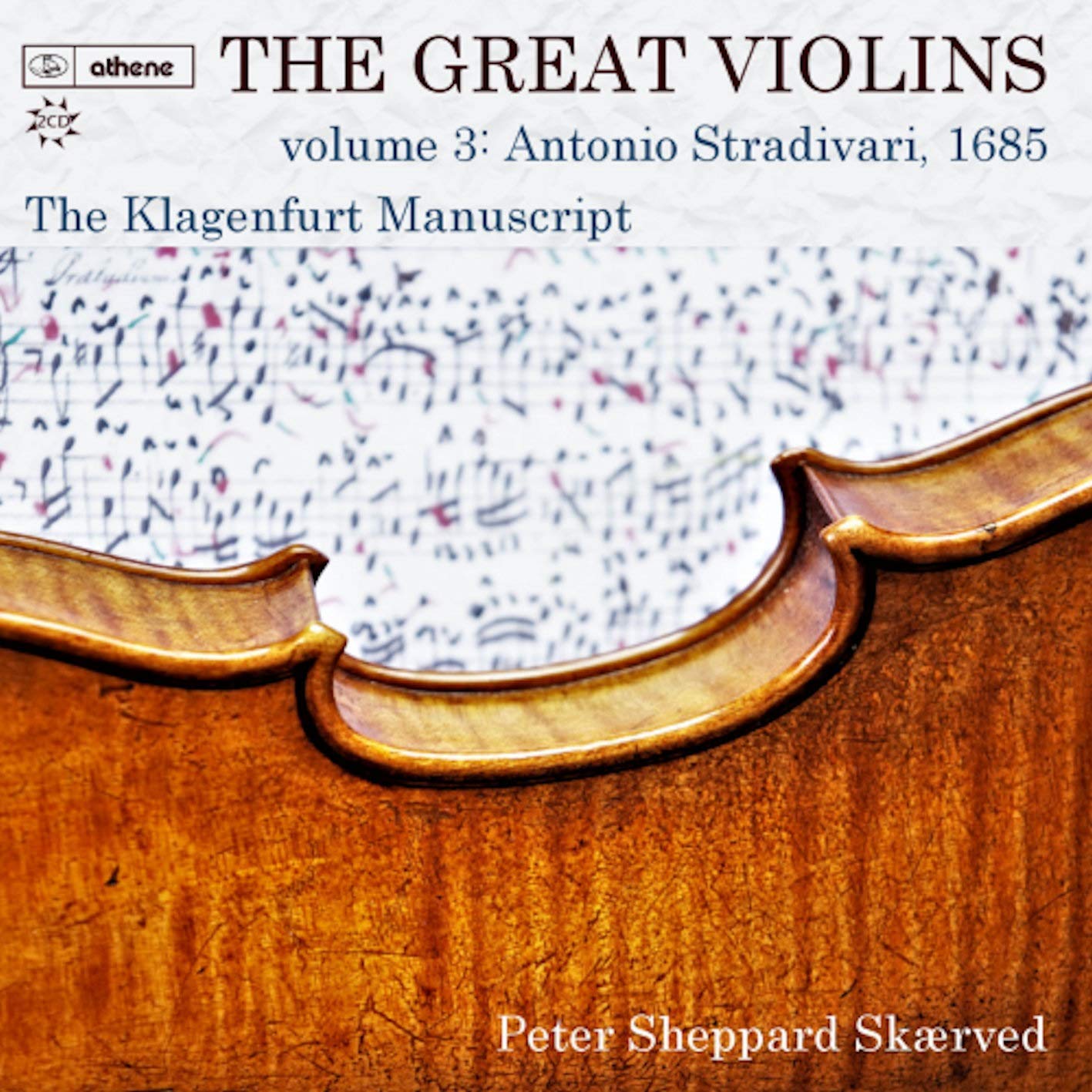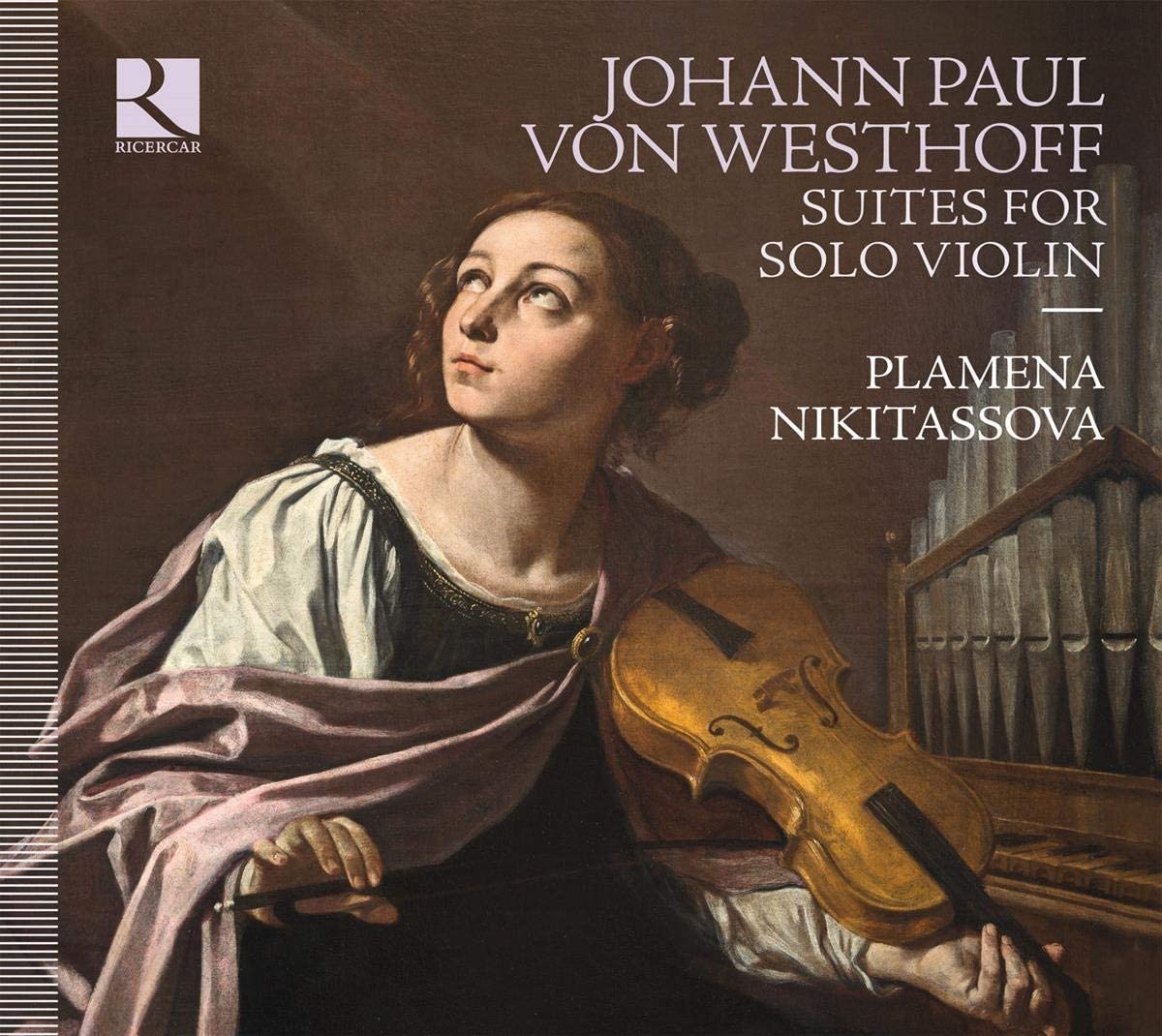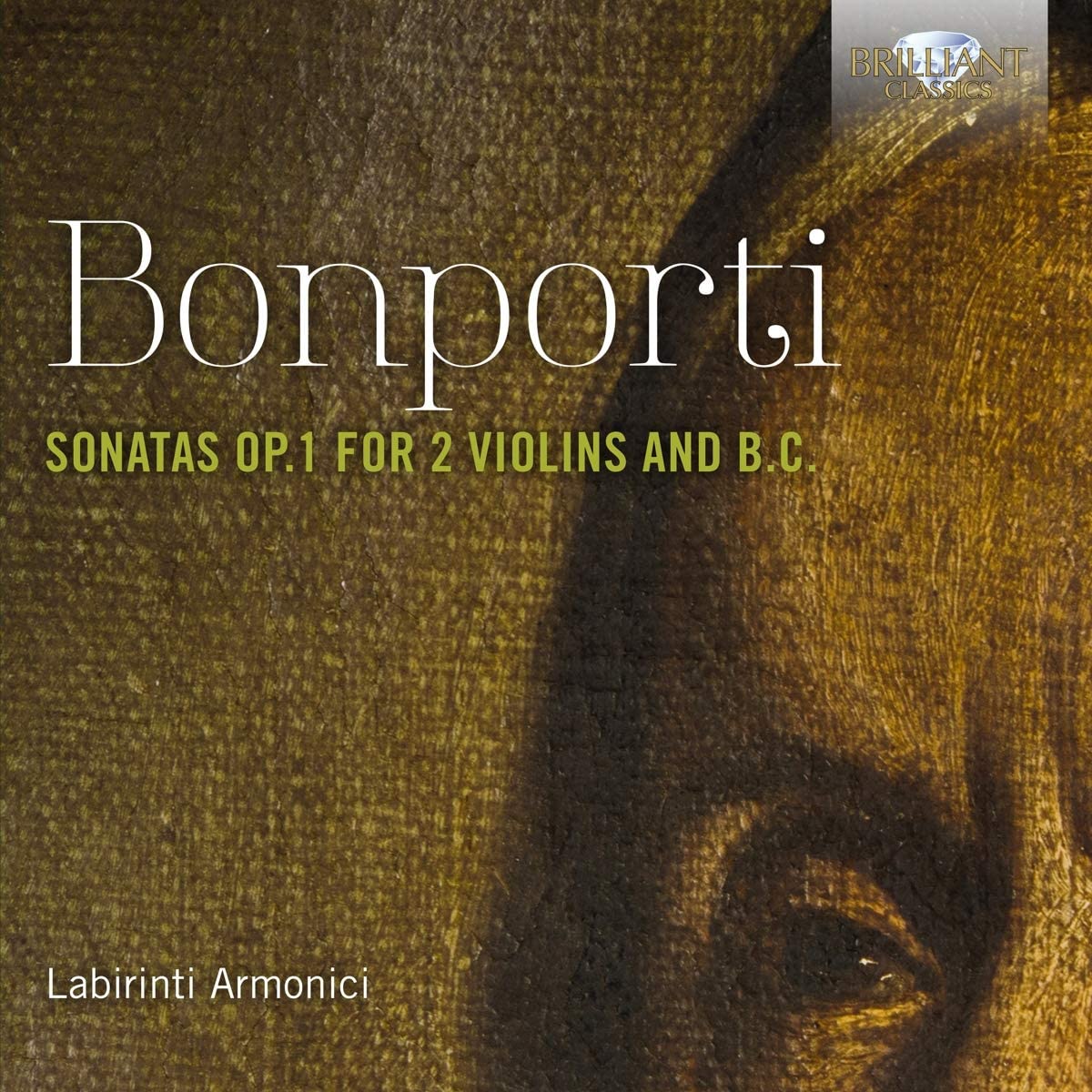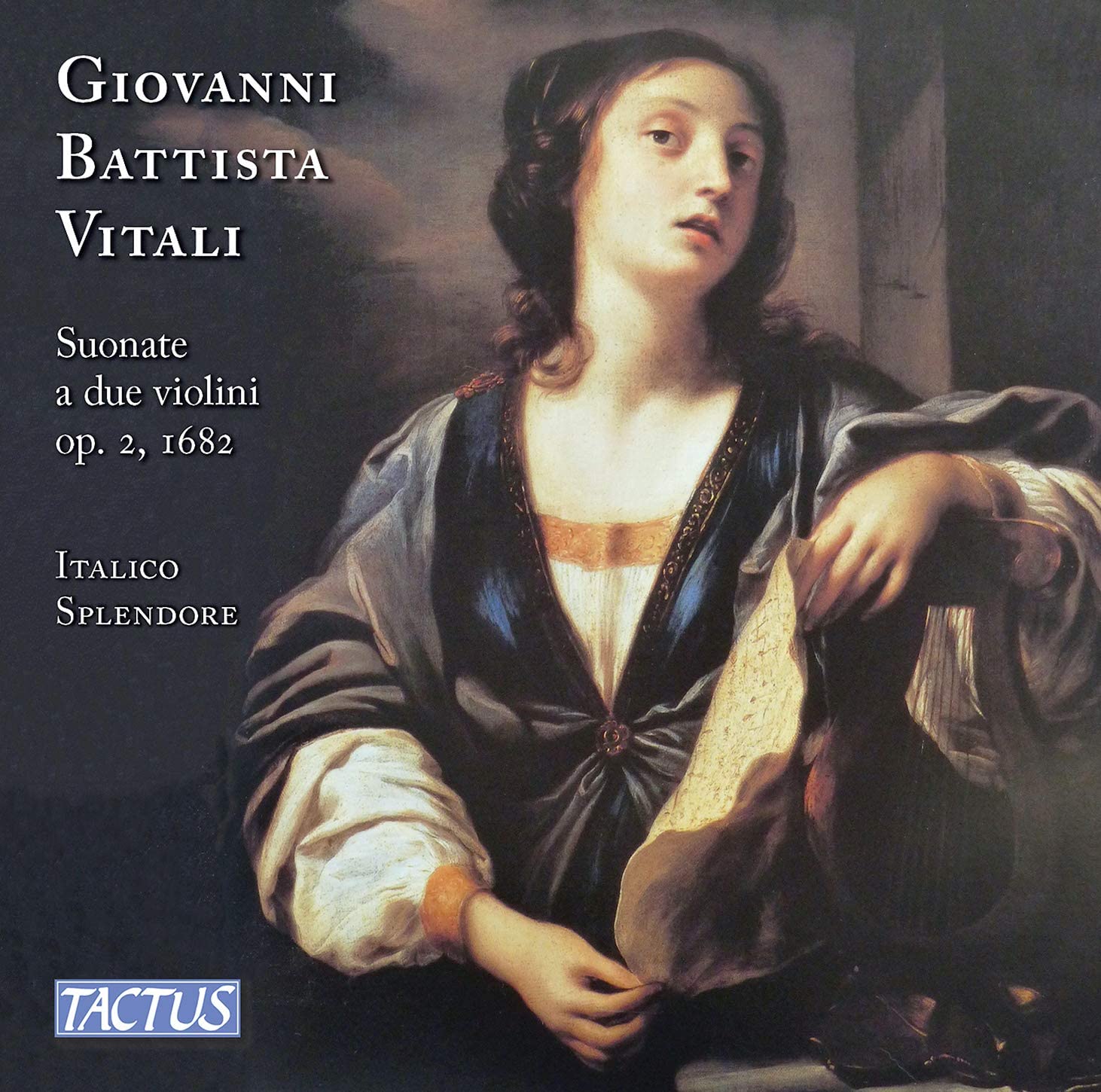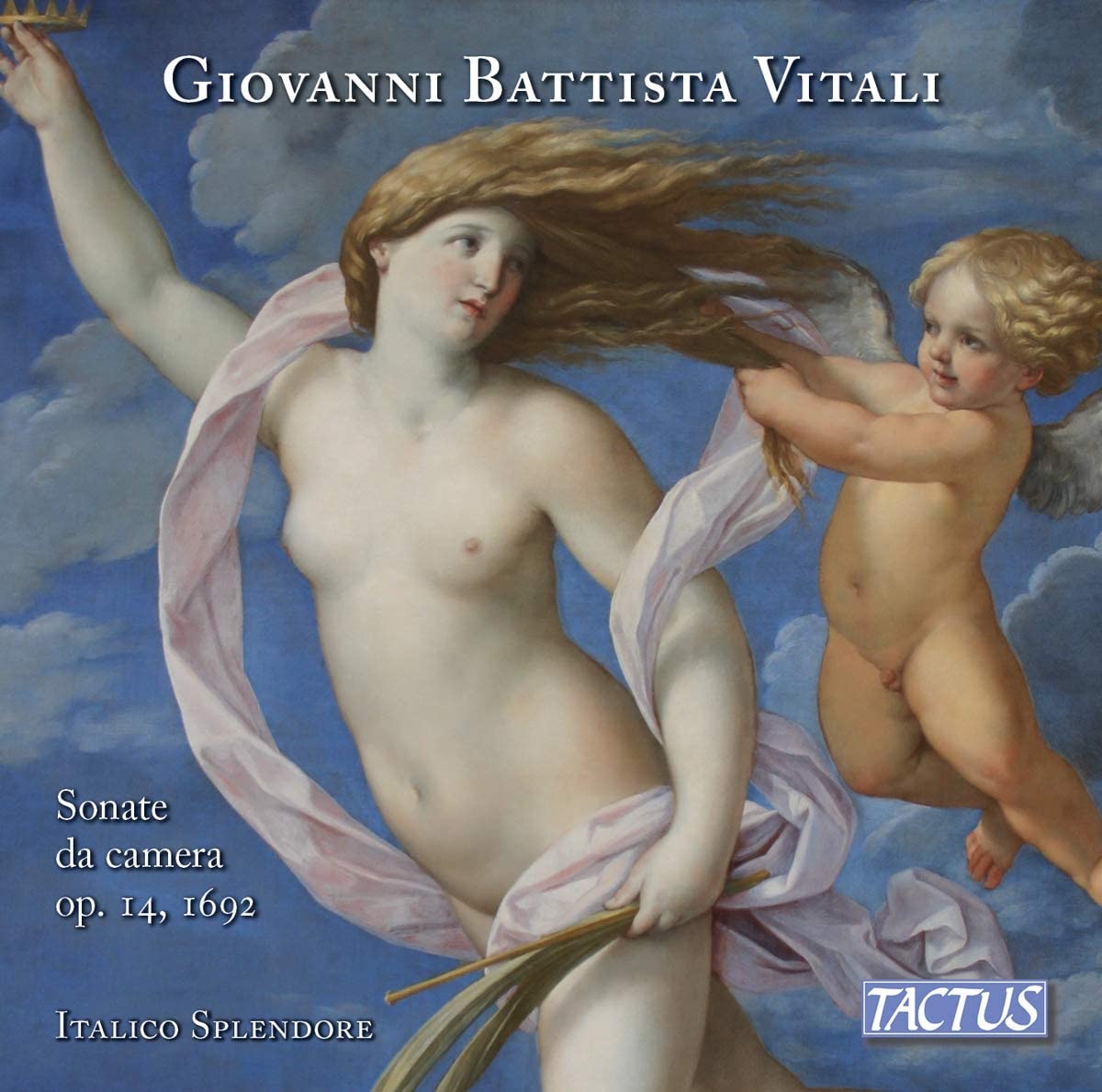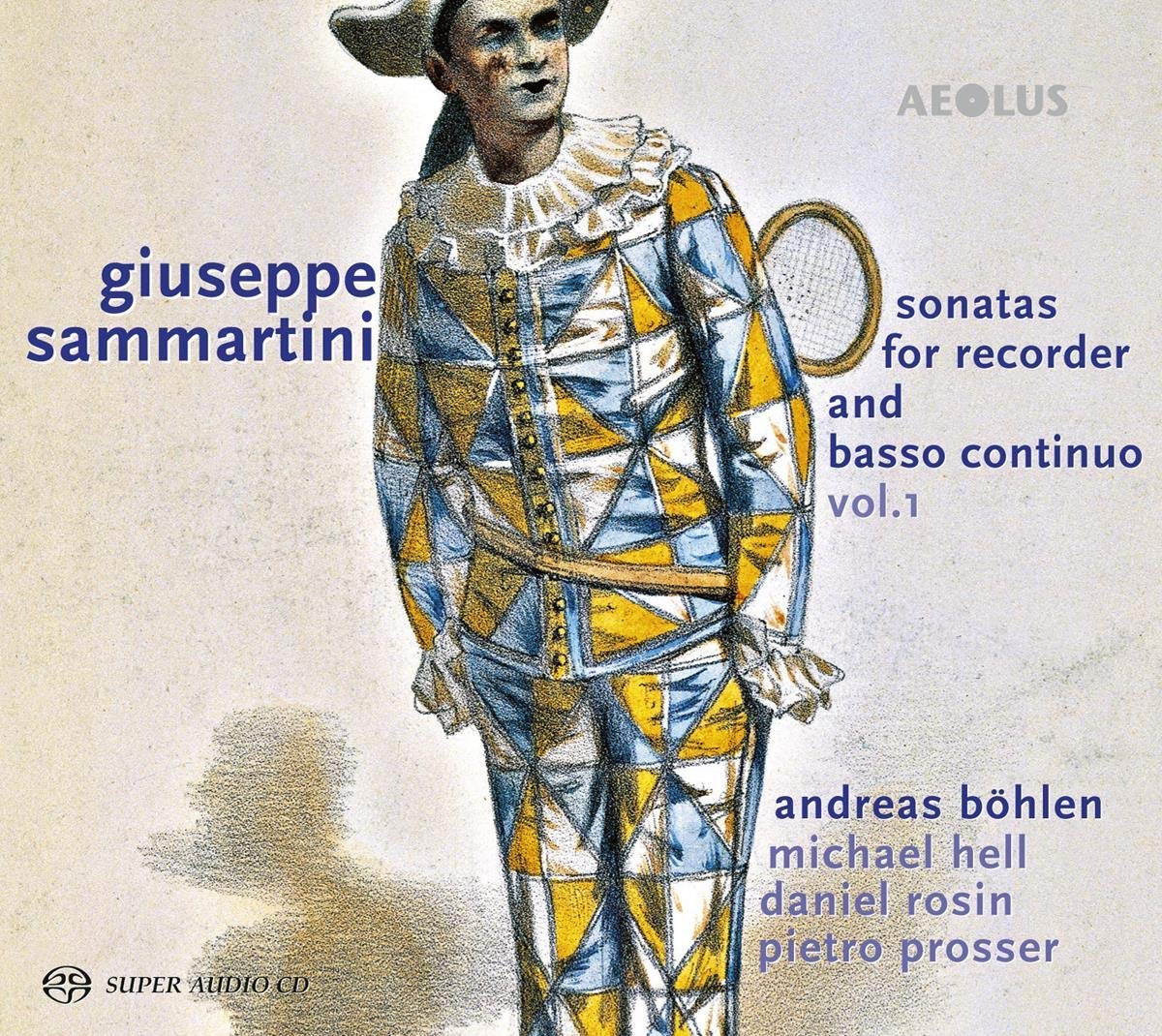Pierre Gallon harpsichord
78:00
encelade ECL1901
Click HERE to buy this on amazon.co.uk as an mp3
This is a brilliant programme. There’s quite a preponderance of slow tempi so perhaps you have to be in the right mood to listen straight through but the music is all very good as are the performances (to say the least).
Charles Fleury de Blancrocher was one of mid-17th-century Paris’s leading lutenists, though nothing he did in his life (as far as we know) brought him anything like the fame generated by his death: he fell down the stairs in his house at the end of an evening spent strolling with Froberger. Tombeaux were composed in tribute for harpsichord by Froberger (of course) and Louis Couperin and – less widely known – for lute by François Dufaut and Denis Gaultier (the Younger) and they, together with Blancrocher’s only surviving work, form the spine of Pierre Gallon’s recital. The lute music is played on the harpsichord in transcriptions either by D’Anglebert or by the player in a similar style with the exception of the Blancrocher which, appropriately, ends the disc and is, indeed, on the lute (Diego Salamanca).
Two harpsichords are used, tuned in a meantone temperament at A=411. The temperament lends itself to all the style brisé writing (perhaps that should be the other way round) in that we hear its character though the idiom ‘takes the edge off’ what would otherwise be some pretty pungent chords. The recording captures the sound of all three instruments faithfully. Through headphones, there are a few fingering noises from the lutenist though I did not find them intrusive.
The booklet essay (in French and English) is a little fanciful for my taste though not as bad as some. However, a few typos do suggest that someone could have done a better job. But everything else is top drawer: strongly recommended for both the programme and its execution.
David Hansell
